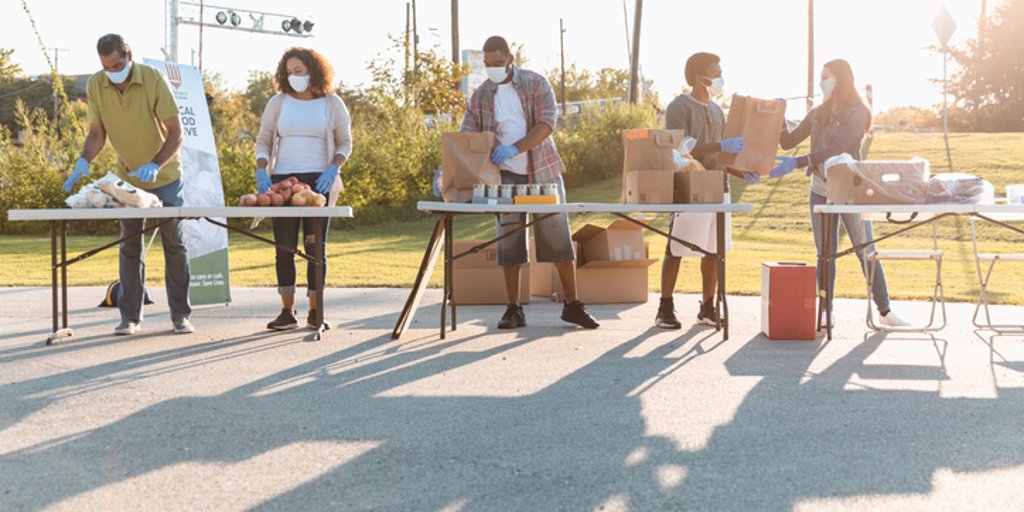A Year Later: Ways COVID-19 Has Changed Nonprofit Organizations for the Better
Despite challenges such as loss of revenue from canceled/postponed fundraisers, having to work with fewer resources, and managing staff and volunteers working remotely, most nonprofit organizations demonstrated their resiliency in the eye of the COVID-19 storm. In fact, many nonprofits managed to survive the worst of the pandemic by adopting specific operational changes that have improved key areas and that may stick around well into future. Here are what our research uncovered as key ways COVID-19 has changed nonprofits for the better.
Going virtual helped expand fundraising and outreach efforts. In March 2020, many organizations pivoted from in-person fundraising to virtual events. This was especially successful when it came to peer-to-peer fundraising events, where supporters take part in a group activity that includes reaching out to family and friends. In addition, many outreach programs were forced to transition at the peak of the pandemic from an in-person setting to a virtual platform. By taking a variety of programs online, organizations found that they were able to reach more people locally as well as from across the nation and around the globe because they weren’t limited to a specific capacity. A good example would be the Nonprofit Leadership Center, which took its learning conferences online. No longer confined by geography or available in-person seating, the NLC reported that their events drew participants from as far as away as Hawaii and Zimbabwe, and the center managed to increase its nonprofit training program class sizes by nearly 102%.
Having to reimagine vital programs created new ways to engage and serve constituents. The crisis brought on by the pandemic forced organizations to take stock of key programs and delivery services — what to keep, cut, reduce or temporarily sideline. Many nonprofits even got creative and developed new hybrid or temporary programs to help keep supporters engaged during the shutdown. And while these efforts were developed and enacted to help solve immediate problems at the peak of the pandemic, the necessity of this type of reorganization has many nonprofits examining the overall impact of these changes. For example, Jewish Family Services (JFS) of Milwaukee, Wisconsin, out of necessity was forced to take its mental health services to an all-online platform during the lockdown. However, JFS found the move so effective in reaching its clients that the agency has since continued this expansion of online services as a way to increase its reach in the community.
Conclusion
Of all the words that could describe 2020, better isn’t one of them. However, your nonprofit clients could look at the glass as being half full by taking stock of what they had to do to solve pandemic-related problems at the moment and examining what they’re doing now. For example, do any of these program or service changes show promise for the future? If yes, how will they specifically impact the organization and the people they serve? Are there changes or modifications that must be made to programs to make them more sustainable? Now’s a good time for your clients to start looking at how changes made due to COVID-19 could become new models for the future.
About Charity First
As nonprofit experts, we understand that your clients often asked to do more with less—especially in a time of crisis. Which is why we’ve always made it our goal to provide your clients with more insurance options and protection at an affordable cost. From broadened coverage for general liability to comprehensive cybersecurity and data protection, we’re committed to providing the best-in-class underwriting, consistent and responsive service, and risk management services. To learn more about our products, please contact us at 800-352-2761 or marketing@charityfirst.com.


